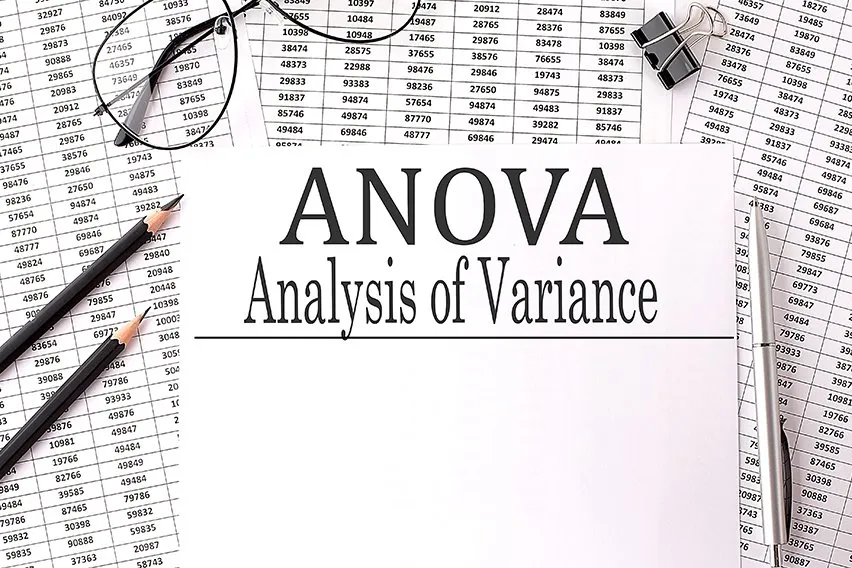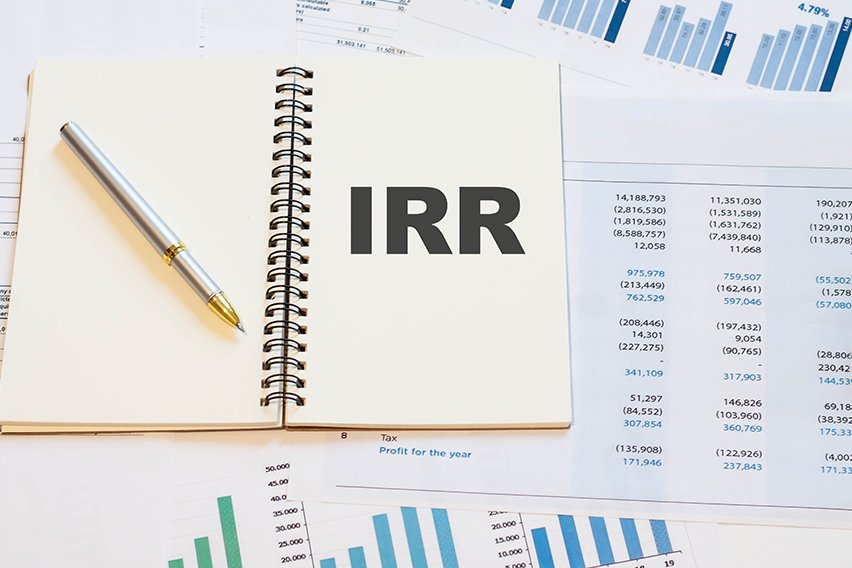The Definitive Guide to Variance Analysis for Businesses

Variance analysis is a form of control charting. It reveals the differences in data from an expected pattern. It’s most often used in manufacturing and production processes. It can identify when there has been a change in the process. This could be indicative of a problem. A variance can be either favourable or unfavourable. This depends on whether it shows changes toward better or worse performance. Variance analysis is also known as “process capability studies” and “common-cause variation detection.”
This article is intended to give readers a better understanding of variance analysis and its role in business. You’ll learn about different topics. These include what variance analysis is, how to interpret it and more.
Here’s What We’ll Cover:
What Is Variance Analysis in Business?
Favourable vs Unfavourable Variances
How to Interpret Variance Analysis
How Often Should You Monitor Variance Analysis?
Time Variance vs Labor Variance
What Is Variance Analysis in Business?
If you’ve ever wondered what variance analysis in business is, this section will help explain it to you. It’s often used to detect sudden changes in the performance of a product or process. This can also be considered an important part of quality control for businesses.
Imagine that your company manufactures widgets. They are meant to be perfect cubes with four flat sides. The most effective way to use variance analysis is to measure the height and length of these cubes. Then, compare it against an expected value.
When you notice that this measurement has changed, it could be indicative of a problem with the manufacturing process. This is where the key part of variance analysis comes into play. It allows you to see the cause of the change in the expected value. It could be caused by variability in the process. It could also be something outside of what is considered normal.

How to Use Variance Analysis
The most common way that variance analysis is used is with a control chart. A control chart tracks data over time. It allows you to identify special or unusual causes for changes in performance. When there is a significant change in output, it often indicates that something has changed with the process.
It’s important to note here that you shouldn’t react to every single variance as if they were all errors. This will only create more problems by spending unnecessary time and effort on things that may not be an issue.
Using a control chart to look at how different aspects of your production process are working against each other is helpful. You will also likely want to look at the data with an understanding of the context.
An example would be if you’re manufacturing widgets in several different batches. You notice that some batches have slightly more variation than others. You can look back at your records to see if there was any change in the process around that time.
Although you will still want to track these variances, it’s also important to know that they aren’t necessarily errors. As long as they stay within an expected range for your business, these variances won’t be a problem.
Favourable vs Unfavourable Variances
When variance analysis is used correctly, it can be an extremely useful tool for monitoring the performance of an organization. It allows leaders to make informed decisions about how they want to move forward and prioritize goals accordingly.
There are two types of variances: favourable and unfavourable. A favourable variance is a change in a factor that leads to better performance. For example, if the number of defects went down from 500 to 200, this would be a favourable variance.
An unfavourable variance is any change in one of your processes that makes performance worse than planned. It’s important to note here that this does not always mean it’s an error. You can have unfavourable variances that are within acceptable levels for your business.
How to Interpret Variance Analysis
When you receive the results of variance analysis in business, it’s important to know how to interpret them. This will allow you to have a better understanding of what they mean and why they happened in the first place.
It is not necessary for all variances to be favourable or unfavourable. You just need to understand that they are often linked to performance in some way. This is why it’s so important to have a control chart. You can better understand the context of these variances.
When you notice a variance, it’s often a good idea to look at how it compares to other data points on the chart. If the change was outside of what would be considered normal, you can investigate and drill down on the root cause.
You also need to decide what is considered a change in performance. It’s important to decide on an acceptable level of standard deviation. This can vary from industry to industry and business to business.
Using 4 Variance Analysis to Become More Profitable
In most cases, using a control chart with your variance analysis will be sufficient. However, there are also four different ways this same principle can be used to improve performance and reduce waste in your business.
The first way is by establishing a baseline against which you measure all future performance. This gives you a point of comparison that allows you to more easily see when there are changes in your process.
The second way is by improving processes so that the variance goes down over time. This reduces your standard cost and improves overall performance.
The third way is by understanding variation to know what might be causing it. If you notice a lot of variances to the upside, look at what factors might be causing that. This can include cost-saving measures or process improvements that lead to better performance.
The fourth way is by identifying unusual patterns in your data. If you notice something out of the ordinary, make sure to investigate it further. Better understanding these issues will allow you to be proactive about solving problems.
Variance analysis is a way for you to proactively monitor the performance of your organization and make adjustments accordingly. It allows you to improve processes to reduce waste, increase performance overall and make better business decisions overall.

How Often Should You Monitor Variance Analysis?
One of the most important considerations in variance analysis is how often you monitor your results. In many cases, monthly or quarterly monitoring will be sufficient. However, if your business requires more detailed information, you may want to consider a more frequent timeline. This can be very dependent on your industry. Here are some examples of what variance analysis frequencies may look like between different industries.
Industrial Manufacturing
Industrial manufacturing may require weekly variance analysis. This is because industrial processes are so detailed and require so much oversight to ensure quality.
Service Businesses
Service businesses typically require a longer variance. Something around a monthly variance analysis may be sufficient. This qualifies as long as the changes in performance are small enough to not require more frequent monitoring.
Information Technology
IT departments can require quarterly variance analysis. This is because it takes time for their changes to have a noticeable effect on the business. Negative variance can lead to security issues for the company.
Logistics and Transportation
Variances in logistics can be noticed with monthly variance analysis. This is because transportation firms have so many moving parts. Variation can be more difficult to identify.
Each industry will have its own standard timeframe for variance analysis. You can use this as a way to compare your performance in relation to other companies in the industry. This allows you to see how well your company is performing. It also shows how much room you have for growth and improvement.
Time Variance vs Labor Variance
There are three different types of variances that a manager should be aware of. These are time variance, labour variance and raw material variance.
Time variance refers to the amount of time it takes for a specific task to be completed. This is particularly important when we look at the efficiency of a process.
Labour variance looks at the actual costs as compared to expected levels. This can include the number of employees working on a process and their salaries or hourly rates. It can also refer to overtime hours. This is used to calculate labour efficiency variance.
Material variance is all about the cost of materials used to complete a process. This includes any supplies that are needed to complete a task.
Key Takeaways
In the article, we discussed how variance analysis is a great way for businesses to monitor their performance. They can use this information to make necessary changes. Variance Analysis helps you come up with more efficient business practices that reduce waste in your organization overall.
In order to take full advantage of these benefits, it’s important to establish a baseline against all future data. You can also use variance analysis as a means for improving processes over time by making sure they are reducing variances over time. This leads to better performance. It also costs less overall because there’s less variation!
This article shed light on variance analysis. It included topics like what variance analysis is, how it can be used and more. Hopefully you have a much better understanding of the importance of variance analysis.
If you’re looking for more information like this, head over to our resource hub! We have plenty of articles just like this, ready for you to read.
RELATED ARTICLES

 5 Best Asset Management Software
5 Best Asset Management Software General Journal: Definition, Examples & Format
General Journal: Definition, Examples & Format What Is Leverage Ratio & How to Calculate It?
What Is Leverage Ratio & How to Calculate It? Internal Rate of Return (IRR): Definition & Formula Guide
Internal Rate of Return (IRR): Definition & Formula Guide What Is an Outstanding Deposit?
What Is an Outstanding Deposit? Production Volume Variance: Definition, Formula & Example
Production Volume Variance: Definition, Formula & Example